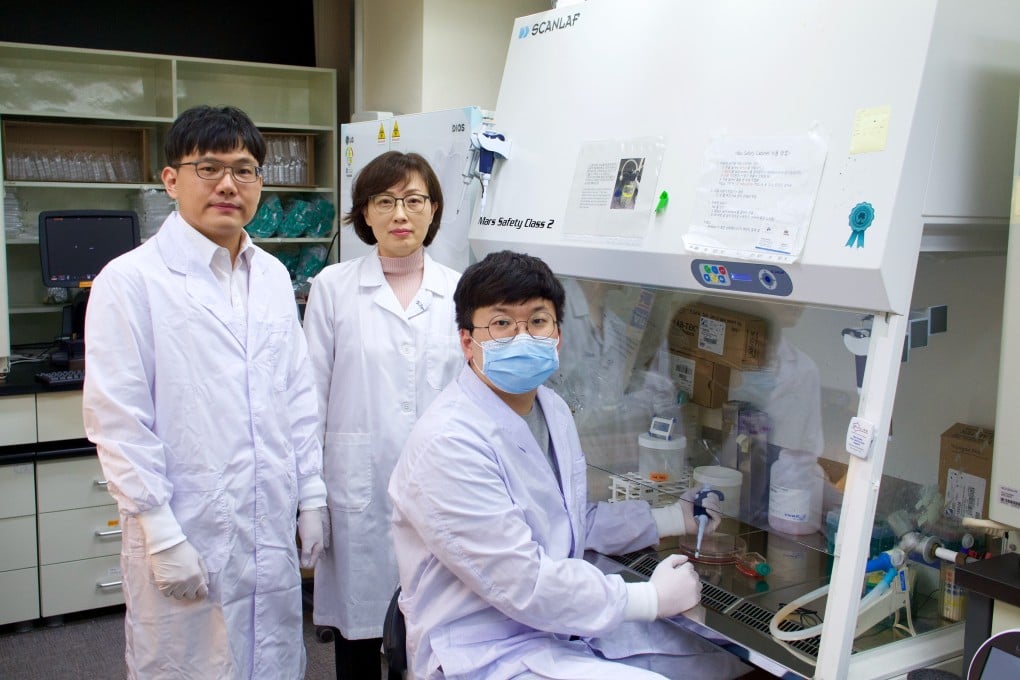South Korean scientists map coronavirus genome, paving way for vaccine and better tests
- A team led by V. Narry Kim, one of the country’s most prominent researchers, has shed more light on the virus that causes Covid-19
- She says the breakthrough will help scientists understand how it replicates and escapes the human defence system

The research team at the Centre for RNA Research in Seoul’s Institute for Basic Science was led by V. Narry Kim and Chang Hyeshi. They worked in collaboration with an arm of the Korea Centres for Disease Control and Prevention (KCDC), which has been leading the country’s aggressive mass testing efforts.

“Our work provides a high-resolution map of Sars-CoV-2,” Kim said, using the scientific name for the novel coronavirus, in a statement issued by the institute. “This map will help understand how the virus replicates and how it escapes the human defence system.”
Kim is one of South Korea’s most prominent researchers. According to Nature magazine, in 2009, at the age of 39, she became one of the youngest winners of the Ho-Am Prize for Medicine, often considered the country’s equivalent to the Nobel Prize.
She is also a role model for young scientists, especially to women, who make up just 19 per cent of South Korea’s scientific workforce.
Professor Lee Hoanjong at the Seoul National University Children’s Hospital said the research results made it possible to predict what kinds of proteins were made by the virus, which would help in vaccine development.
Professor Lisa Ng, senior principal investigator of the government-funded Singapore Immunology Network, said the South Korean study “provides the first glimpse to understand pathogenesis [the way a disease develops] of Sars-CoV-2 infection that will allow further studies to be explored to define the mechanisms of infection and host response.”